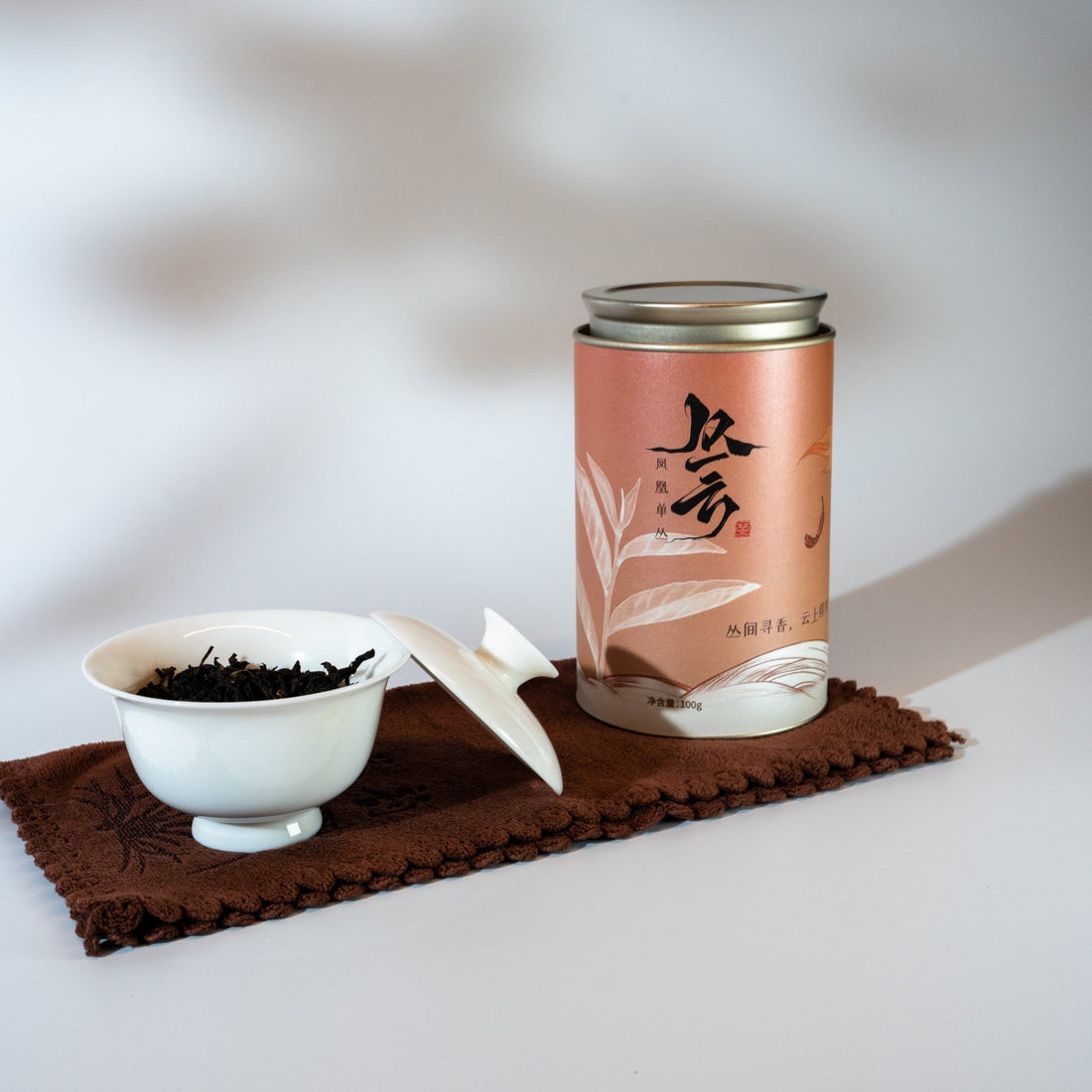
How to Brew Oolong Tea: Master the Art of High-Aroma Infusions
Key Takeaways
- Brewing oolong tea—known for its high aroma—requires specific techniques to unlock its complex flavors and fragrances.
- Essential tools: Use a covered bowl (gaiwan) or teapot; warming the teaware first enhances aroma release.
- Standard ratio: 8 grams of oolong tea for a standard-sized vessel (150–200ml).
- Water temperature: Above 95°C (203°F) to volatilize unique aromatic compounds; cooler water results in incomplete flavor.
- Steeping time: Short (5–10 seconds) for the first 3 infusions (to avoid bitterness), with gradual extensions for subsequent brews.
- High-quality oolong can be re-steeped 5+ times, with evolving flavors each round.
How to Brew Oolong Tea: Master the Art of High-Aroma Infusions
Oolong tea, with its rich aromas and layered flavors, sits beautifully between green and black teas—but unlocking its magic requires more than just hot water. This semi-fermented tea, celebrated for notes ranging from floral to roasted, demands precision in brewing. Follow this step-by-step guide to savor every nuance of your oolong.
1. Choose the Right Teaware
Oolong’s high aroma thrives in vessels that trap heat and concentrate scent. Opt for:
- A covered bowl (gaiwan): Its wide mouth and lid make it easy to control steeping and appreciate the tea’s aroma as you lift the lid.
- A teapot (clay or porcelain): Clay teapots (like Yixing zisha) enhance mineral notes, while porcelain preserves delicate floral aromas.
Avoid large mugs—they dilute heat and aroma, leaving the tea flat.
2. Warm the Teaware First
This step is non-negotiable for oolong:
- Rinse the covered bowl or teapot with boiling water to heat it thoroughly. The residual warmth creates a "moist heat" environment that primes the tea leaves to release their aromatic compounds.
- After discarding the rinse water, add the oolong leaves to the warm vessel. Gently shake the teaware for 5–10 seconds—this "awakens" the leaves, helping them unfurl and release their first hints of fragrance.
3. Measure the Tea Leaves
For a balanced brew, stick to the golden ratio:
- 8 grams of oolong tea for a standard-sized vessel (150–200ml). This ensures the flavor is rich but not overpowering.
- Adjust slightly based on your taste: More leaves (9–10g) for stronger flavor; fewer (6–7g) for a lighter cup.
4. Heat Water to the Perfect Temperature
Oolong’s unique aromatic compounds (responsible for its floral, fruity, or roasted notes) need high heat to fully release.
- Use water heated to 95°C–100°C (203°F–212°F).
- Why? Cooler water (below 95°C) fails to "unlock" these compounds, leaving the tea tasting weak, with muted aroma—think of it as trying to bake a cake at too low a temperature.
5. Control the Steeping Time
Oolong’s flavor can turn bitter if over-steeped, so timing is critical:
- First 3 infusions: Keep it quick—5-10 seconds. Pour water over the leaves, cover (if using a gaiwan/teapot), then pour out immediately (this "flash steep" prevents tannins from overpowering the tea).
- Subsequent infusions: Add to 10–15 seconds gradually. By the 4th or 5th steep, you’ll notice the flavor softens, revealing new layers (e.g., floral notes fade, while creamy or mineral undertones emerge).
- Pro tip: Use a timer for consistency—especially if you’re new to oolong.
6. Re-Steep and Enjoy the Evolution
One of oolong’s greatest joys is its longevity. High-quality varieties can be re-steeped 5–7 times, with each infusion telling a different story:
- Early steeps: Bright, aromatic, with fresh top notes (e.g., orchid, citrus).
- Middle steeps: Richer, fuller-bodied, with the tea’s "core" flavor (e.g., honey, roasted nuts).
- Late steeps: Mellow, sweet, with lingering mineral or floral hints.
7. Troubleshooting Common Mistakes
- Bitter tea? You steeped too long (especially the first 3 infusions) or used too many leaves.
- Weak, flat flavor? Water temperature was too low, or you skimped on warming the teaware.
- Aroma fades fast? The tea is low-quality, or you’re using a vessel that doesn’t retain heat.
Brewing oolong is more than a routine—it’s a dialogue with the tea. With each steep, you’ll learn its personality: when it’s bold, when it’s soft, and how to meet it halfway. Grab your teaware, heat that water, and let the infusion begin.
